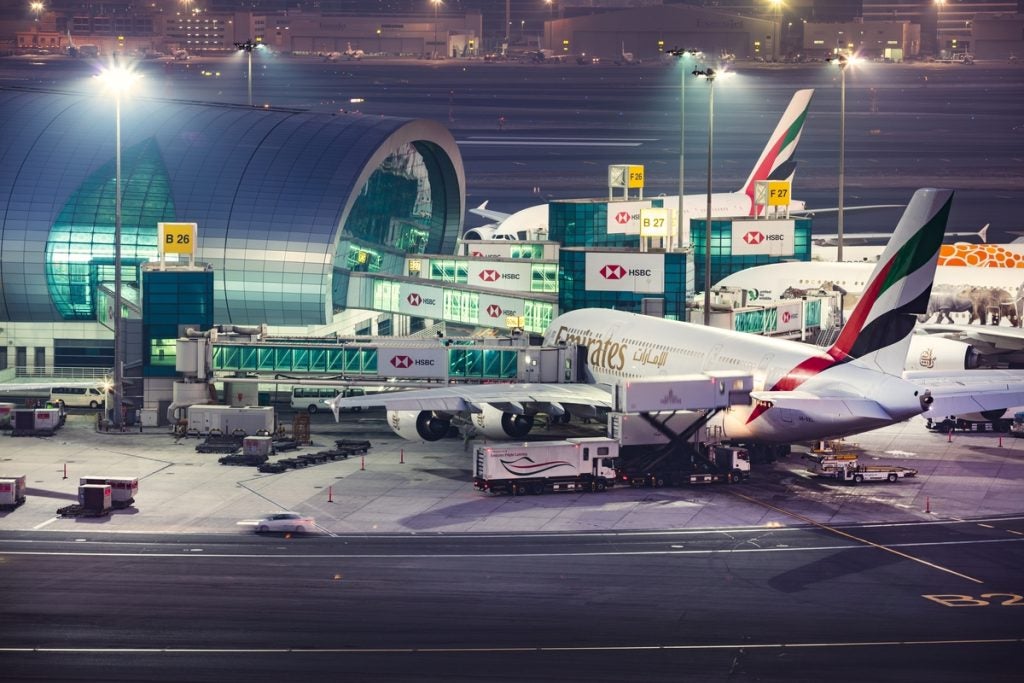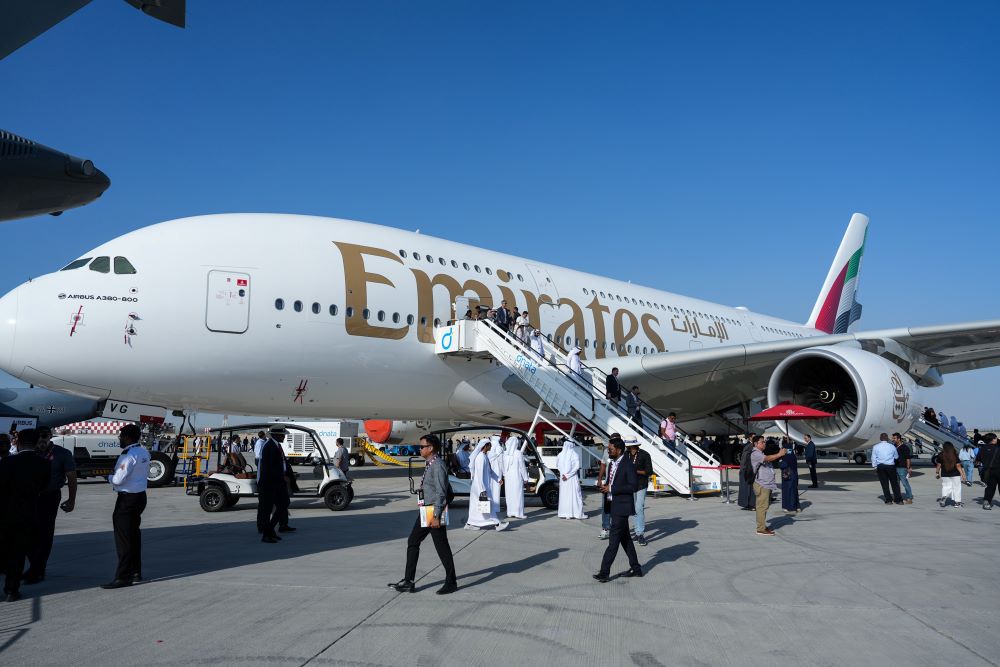
Aéroports de Paris (ADP) and Schiphol Group claim to have the same strategic vision, “We both want to participate proactively in the current transformation of the air transport industry,” explains François Rubichon, deputy CEO of ADP. “Airlines tend to consolidate into strong interpretational alliances; competition is shifting increasingly towards direct confrontation between large hubs; incumbents are threatened by the emergence of powerful hubs and airlines in up-and-coming countries; and ground products and services are becoming ever-more key factors in differentiating between airlines and key drivers of passengers’ choice.”
Although this is unchartered water for the French contingency, Schiphol has established an alliance with a major European hub before. In December 1999 they established the Pantares agreement in order to offer a wide range of services to the global airport market. The key desire was to realise cost synergies from optimising hub operations at Amsterdam and Frankfurt airports and to gain a market share in the global airport market. They expected it to build momentum quickly and to be the leading player in the upwards curve the industry was then taking. This however was not the case and the agreement was phased out.
So what are the key similarities between that agreement and the unnamed alliance they have now created with ADP?
For Pantares, the basis of their cooperation covered six key business areas; passengers and retailing, aviation ground handling and cargo, real estate development, facility management, information and communications technology and international activities. For the recent alliance there is a much more obvious, financial and contractual bond, a share-swapping agreement of 8% percent solidifies their cooperative intent.
Dual-hub concept
See Also:
The alliance they agreed at the end of last year has the main concept that cooperation will improve the competitiveness of both airports “Through consolidation of a dual-hub we will be able to offer one of the highest number of destinations [143] among all European hub airports. We will cooperate to provide a greatly enhanced value proposition to end users through best-in-class service levels, broader product offerings and continued competitive visit costs for both airlines and passengers,” explained Rubichon.
How well do you really know your competitors?
Access the most comprehensive Company Profiles on the market, powered by GlobalData. Save hours of research. Gain competitive edge.

Thank you!
Your download email will arrive shortly
Not ready to buy yet? Download a free sample
We are confident about the unique quality of our Company Profiles. However, we want you to make the most beneficial decision for your business, so we offer a free sample that you can download by submitting the below form
By GlobalDataGerlach Cerfontaine, former president and CEO of the Schiphol Group, agrees. “This collaboration venture signifies an important strategic choice for the dual-hub system in the consolidation process that is taking place in the global aviation industry. It gives ADP and Schiphol Group the edge over other airports and creates a leading network of connections for European and worldwide transfer travellers. This move is certain to improve our competitiveness, as well of that of SkyTeam, relative to our competitors in Europe and the Middle East. In addition, the strengthening and the quality of the services and our principal airport processes will offer advantages to all users of our airports –airline and passengers alike.”
The newspaper, Financieele Dagblad says a closer alliance between the two airports will also fit in with the Air France / KLM alliance. “By sharing respective practices, improving competitiveness of both platforms and developing collaborative approaches, Schiphol and ADP expect to strengthen their relationship with the largest clients among which is Air France-KLM,” says Rubichon. “We have combined our respective catchment areas to create of the largest passenger market with 59 million inhabitants. Our passengers will be offered new travel opportunities on destinations served by only one platform and increased frequencies of flights to common destinations. Harmonisation of processes and products offered on both platforms will align customer experience.”
The dual-hub concept is a step further than either airport has experienced before. “This is very different from the Pantares agreement – that was based solely on commercial gains, either airport could get out at any time.”
The noticeable difference here between the two agreements is the time of year that they are agreed. The Pantares alliance was founded during a major upwards economic curve, meaning they had everything to gain from each other. There must have been a much lower risk factor than there is in agreeing the alliance they did at the end of last year. The focus of this marriage is based on the dip in passengers and minimal available revenue. If anything there are elements of genius about this move.
At the time of the alliance, although we were on the brink of a global recession, there were still the funds available to find the €530m Schiphol needed for their 8% of shares and €370m for ADP to get their 8%, where as if they were to look for it now, or in a few months’ time, it’s likely that it would have been a different story. Now they are contractually and financially bound together, for better or worse. “You have to get commitment from them. This is the key difference between this and the Pantares agreement,” confirms Ad Rutten, COO of Schiphol, “You are held to the contract so it’s a long-term commitment.”
The agreement states that this alliance is in place for 12 years, and will therefore keep them in each other’s pockets for the long term. With economic analysts differing on the longevity of this downturn, it appears they are becoming allies at a perfect time. They are bound to each other should the aviation industry decline further.
But what does this mean for the other major European hubs? Thomas Weyer of Munich Airport spoke up on the matter “I think it’s a great deal to do with KLM / Air France, but I have never seen that it actually works. I’ve had time to think about these synergy effects and to be honest there aren’t a lot. You can work on issues like training or purchasing, but that doesn’t cut the mustard.”
Non-aviation
A key trend within the aviation industry is the alliances and collaborative efforts to help all areas of business, whether it be airlines and airports, or to do with the industry as a whole, air traffic control, open skies, or business partnerships that helps us all in this volatile climate.
The key element here is the shift from a ‘commercial agreement’, as Rutten describes it, to a contractual one. It has been described as a bold strategic move that is expected to generate mutual benefits in all key business areas. The difference here is that the focus is more on the non-aviation business sector. This is a strategy adopted by both airlines and airports in the face of an economic crisis. It can be construed as a knee-jerk reaction to the unstable price of fuel, and therefore heavily reduced profit margins but it is important to acknowledge that this is a long-term plan. They intend to leverage their respective know-how to accelerate growth and profitability in their retail, real estate and telecoms activities.
As Schiphol has modelled itself on the airport-city concept they have best-in-class practices to share with their French counterparts. But Paris will not be left behind, “We plan to exploit our non-aviation-related real estate potential at all of our airports. We are planning to invest €340m of our own resources between 2008-2012 [63% of which will be for diversification real estate]. Outside the Paris airports, we will continue to use our know-how in highly specialised related technical activities such as telecommunications, project management, engineering, architecture, airport management, and training of executives and staff in the airport context or similar contexts involving the management of significant flows of people. These activities enable the group to maintain its skills at the highest level and to increase its technical reputation abroad, as well as to build up industrial partnerships in areas experiencing strong growth such as Mexico or China.”
This revolutionary alliance has brought about mixed opinions from the industry. Some see where the synergies lie, but only the future will show its level of success.







